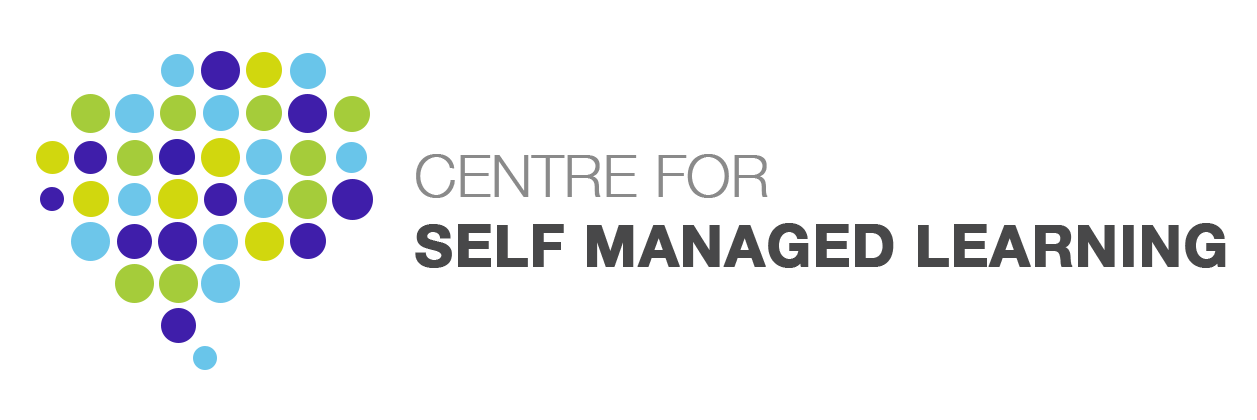13 Nov Structural Cognitive Modifiability (part two)
In the last issue of this newsletter I introduced you to Structural Cognitive Modifiability (SCM), and to what led me to take an interest in it. As a systematic approach to cognitive development it is applied to children across the spectrum of ability, through the teenage years and into the adult work context. Although it has gained most renown for its successes with children struggling with learning disabilities of various types this is largely because it has been able to make a difference where there has otherwise been little to offer. As we will see, this was not the original intent with which it was created. In general, the work with adults has received less attention, with the bulk of the work in organisations taking place in France.
[member]
In France a link has been made between cognitive flexibility and the ability to respond favourably to the challenges of change. Thus, on the remedial side, the SCM approach has been used with those who were struggling to come to terms with their changing context. On the more generative side, it has been used with organisational groups which needed to be flexible enough to lead initiatives for change, even while themselves riding out its turbulence. The limited research so far completed in French organisations suggests SCM is able to accomplish both goals.
Turning to the history of its creator, Reuven Feuerstein, will provide us with an insight into the variables which led to the Structural Cognitive Modifiability approach. Feuerstein was born in Romania in 1921, within a Jewish community suffering from an anti-semitism which became far more extreme in the Second World War. Even as a child he exhibited the qualities of an educator, working with the disadvantaged children around him. A fervent adherent of Zionism, he was given the job of aiding many young people in their escape from Eastern Europe and emigration to Palestine, before he was able to make his own way there.
Once there he was able to put his abilities on a professional footing at the first teacher training college in Israel, although his experiences had given him a more optimistic view of the modifiability of humans as compared to the then prevalent behaviourist view which was taught at the college. He worked with those who were arriving at the end of the War, after having struggled across Europe, many walking via Russia and Iran, from destroyed ghettos and the concentration camps which had swallowed their parents and extended families. Many of these youngsters had lost all interest in life, even in getting up in the morning. Feuerstein worked with them during the day as a teacher, and sat with them at night as they shook with flashback nightmares.
For Feuerstein these were, understandably, formative experiences. What was to become the state of Israel was then in a precarious position; it could not afford to economically support a mass of traumatized individuals who were unable to function productively. It was imperative that these youngsters become able to contribute to the new society that was being formed.
Fortunately, Feuerstein, himself, maintained an optimistic outlook and, further, realized that this needed to be transmitted to all those who came into his orbit. Though it was proving effective, his work was cut short by his advanced tuberculosis. Treatment in Israel proved ineffective and he was sent to a sanatarium in Davos, Switzerland. Despite his own parlous physical condition he got involved with arguing the case with the Swiss authorities for the entry of tubercular children from Germany.
By 1949, Feuerstein had started up summer and winter camps in Switzerland for the Jewish Agency and was lecturing widely whilst studying with the philosopher Karl Jaspers in Basle and the psychologist Carl Jung in Zurich. Over time his wide-ranging interests came to focus on cognitive psychology and this led him to study with Jean Piaget in Geneva. Though Feuerstein learnt much from Piaget, they differed on the question of whether cognitive development necessarily proceeded through a fixed succession of stages or not. Feuerstein’s experience was that people’s cognitive functioning could be challenged and changed and that its order and timing was the result, not of the maturation process, but of those learning experiences which were mediated for the learner by those around them. (This would lead to the development of his concept of the Mediated Learning Experience, to be described in the third article in this series.)
Feuerstein’s research became tied to the practical task of dealing with the difficulties of Moroccan Jewish children in integrating into Israeli life and culture. His explorations revealed that these children, many of whom would have been classified as mentally retarded, were suffering from overwhelming cultural deprivation. Feuerstein’s conclusion was that the circumstances of these children in Morocco led to their being traumatized and that the high anxiety involved led to low cognitive functioning. Essentially, this is a more extreme version of the observation many of us have made that when we are anxious we are unable to think straight.
Feuerstein found that the important variable here was the extent to which children were inducted into their own culture. Where the culture had fragmented due to deprivation, war or other forms of social disruption, adults were either too disturbed to transmit their culture to their children or felt it was irrelevant to their changed circumstances. However, where, as in the case of children from the Yemen, the culture had held together and parents transmitted their heritage beliefs and practices to their children, then, even though beginning from a very low technological base, the children had the grounding on which they were able to learn and to integrate into Israeli culture. The principle appears to be one of our needing to have a cultural framework (whatever culture it might be) as a basis for learning about other cultures, indeed, as a basis for learning about anything.
In this project, Feuerstein worked with another professor at the University of Geneva, Andre Rey, and it was from Rey that the first instruments for developing cognitive functioning were derived. (These would provide the basis for Feuerstein’s system of Instrumental Enrichment, to be described in the third article in this series).
In 1954, Feuerstein was recalled by the Jewish Agency to work with the huge numbers of immigrant children and youths who were arriving in Israel, and to facilitate their entry into life and culture there. He worked for the Agency for many years, although his educational ideas and practices met continual opposition from the mainstream of Israeli psychology. Nonetheless, he managed to gain the necessary funding to set up and run a research unit, the Hadassah-WIZO-Canada Institute (then a two-room apartment, now much enlarged), from which he still operates in Jerusalem.
From then through to the ‘Eighties he developed his Theory of Structural Cognitive Modifiability. As well as elements already mentioned, this led to an assessment device which evaluated, rather than where the learner presently registered on some scale, the extent to which the learner was able to learn more. (The Learning Potential Assessment Device will be described in the third article in this series.)
At the centre of Feuerstein’s theory is what he calls the ‘Cognitive Map’. This delineates the various cognitive functions he found important to work with. These are described in both their effective and their deficient expression, for each of the three phases: input, elaboration and output.
Over the years, Feuerstein’s Institute has published a good deal of research, at the same time as expanding the contexts and age groups to which his work has been applied. The Institute also runs seminars, conferences and trainings which attract people from all over the world who have come to feel there is value in Feuerstein’s particular approach to assisting the learner. At his advanced age, he presents a striking image: well-set and with a flowing white beard, all topped off with a black beret. In the TV programmes I have seen of him he seems easily able to engage children, despite what might be thought to be a somewhat daunting appearance. He is very lively, with bags of enthusiasm and a twinkle in his eye. In the BBC documentary, as he passes through the streets of Jerusalem he is seen to attract a nimbus of children of all ages who congregate around his peripatetic conversation. And that is where his work starts and ends – with the child. For Feuerstein, the child is the prime culture bearer and, therefore, the hope of all, of all who live and of all who ever have lived.
That’s the man. The last article in the series describes his theory.
Graham Dawes
[/member]

